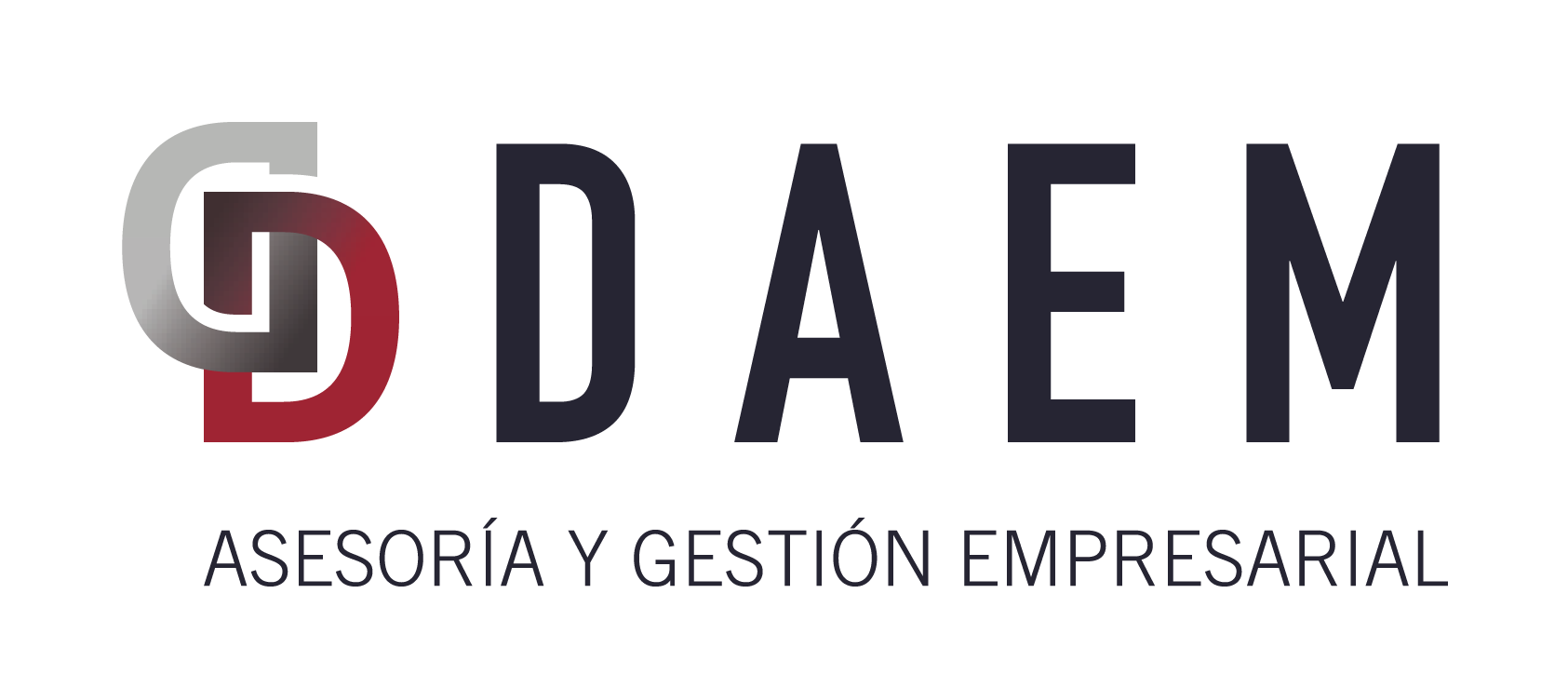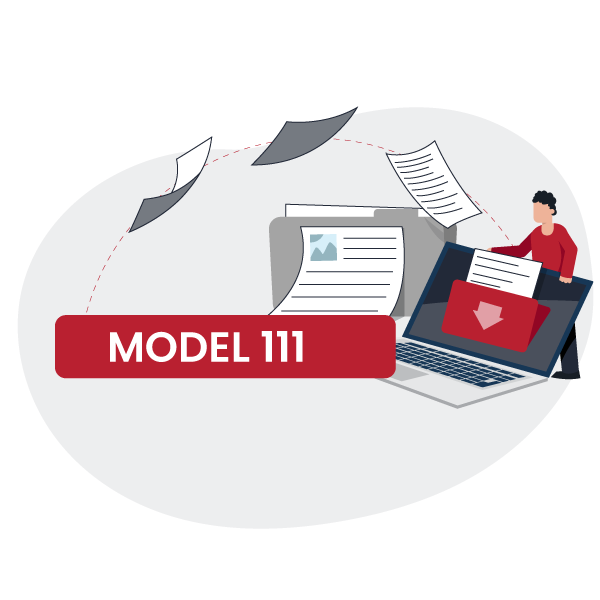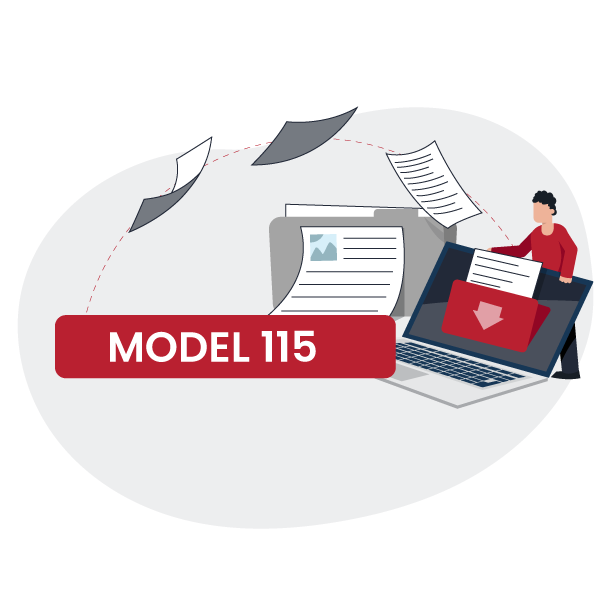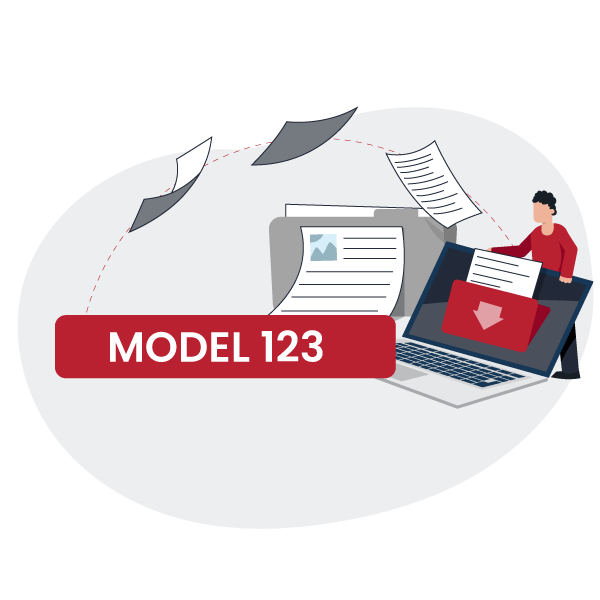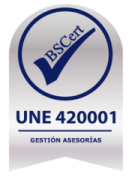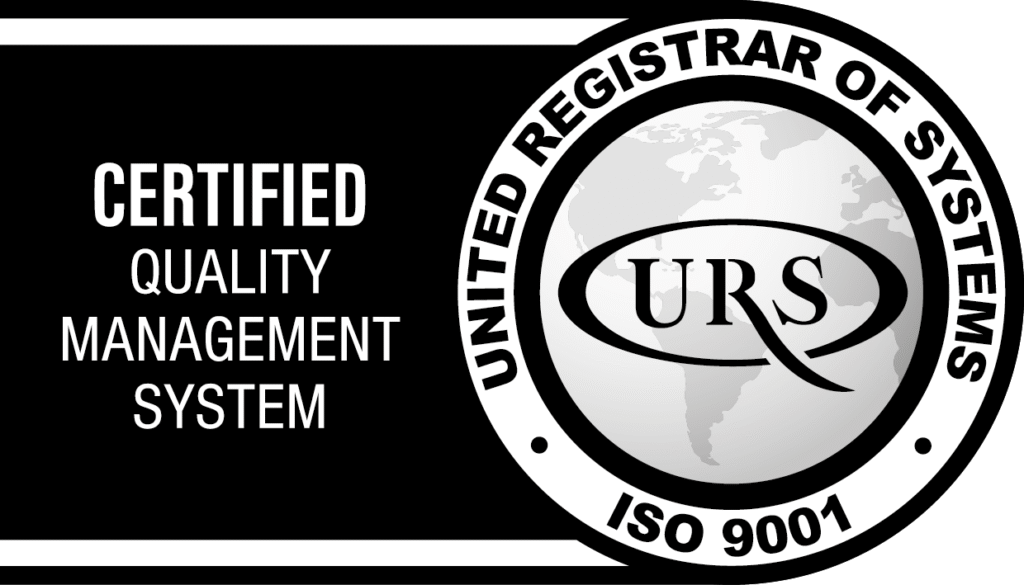If your business is structured as a company, this form is important for you. In this article, we’ll explain the details of this tax form that must be submitted to the Treasury, including what it is, who is obliged to submit it, when it’s done, what its purpose is, and whether or not it can be postponed.
If you have questions about this or any other form, at DAEM, as tax advisors, we’ll help you with the management and submission of your forms.
What is Model 202?
Model 202 is a self-assessment form used by companies to make fractional payments of Corporate Income Tax. It functions as an advance payment to the Treasury for the definitive tax that will be declared annually in Model 200.
These fractional payments, along with withholdings and payments on account, form what is known as “payments on account.” Unlike withholdings, the obligation for fractional payments falls directly on the taxpayer through this self-declaration.
There are two methods for calculating the basis of these fractional payments:
General method: The fractional payment is calculated by applying 18% to the full tax liability of the last closed tax period. Deductions, bonuses, withholdings, and payments on account to which the company is entitled are subtracted from this amount. For example, for fiscal years ending on December 31st, the full tax liability from the last Corporate Income Tax filed in July is used to calculate the payments for April, October, and December of the following year. Newly formed companies, with a fiscal year coinciding with the calendar year, will not submit this payment until April of the year following their incorporation. If the last tax period is less than a year, the proportional part of the tax liability from previous periods is taken until 12 months are completed. If the result is zero or negative, there is no obligation to submit the declaration.
Optional method (mandatory if the net amount of the turnover exceeds €6,000,000): The fractional payment is calculated on the taxable base of the first 3, 9, or 11 months of each calendar year. Bonuses, withholdings, and payments on account, as well as fractional payments already made, are subtracted.
- If the turnover does not exceed €10,000,000 in the 12 months prior to the start of the tax period, the percentage to be applied is 5/7 times the tax rate rounded down (e.g., 17% if the general rate is 25%).
- If the turnover is at least €10,000,000 in the 12 months prior to the start of the tax period, the percentage to be applied is 19/20 times the tax rate rounded up (e.g., 24% if the general rate is 25%).
- If the tax period does not coincide with the calendar year, the taxable base is taken from the days elapsed from the beginning of the tax period until the day before the start of the fractional payment periods (March 31st, September 30th, and November 30th). The option for this method is made by submitting Model 036 (census declaration) in February of the year from which it takes effect, or within a specific period if the tax period does not coincide with the calendar year.
Who is obliged to declare Model 202?
All entities subject to Corporate Income Tax are obliged to submit Model 202. This includes most public limited companies, private limited companies, and other legal forms, especially if they obtain a positive result in their settlement. Generally, entities whose income from the last tax period is negative (i.e., those that have incurred losses) are not obliged to submit it.
When should Model 202 be declared?
Model 202 is submitted exclusively electronically on three occasions during the fiscal year:
- First payment: the first 20 calendar days of April.
- Second payment: the first 20 calendar days of October.
- Third payment: the first 20 calendar days of December.
If you have direct debit set up, remember that the declaration must be submitted within the first 15 calendar days of each of those months.
What is the purpose of Model 202?
Model 202 allows entities to make fractional payments of Corporate Income Tax. Its purpose is to help companies distribute the cost of the tax throughout the year, thus avoiding a single, large disbursement at the end of the fiscal year.
What happens if Model 202 is not submitted by the deadline?
If you forget to submit Model 202 within the established deadlines, you will face surcharges, penalties, and late payment interest. It’s always preferable to submit it, even if it’s late, as the late payment surcharge is usually lower than the penalty imposed by the Treasury, the amount of which will depend on the severity of the infraction committed. In any case, penalties vary according to the delay time and the amount of the payment on account you should have made.
Is it possible to request a postponement for the payment of Model 202, and how is it done?
This form cannot be postponed and must be paid on the dates stipulated by the tax calendar.
How are Model 200 and Model 202 connected?
Model 200 is the form for the annual Corporate Income Tax declaration, while Model 202 is used to make payments on account during the fiscal year. Model 200 is submitted after closing the fiscal year and serves to definitively settle the tax, adjusting the advance payments made with Model 202.
If you need help with this documentation, do not hesitate to consult your DAEM tax advisor.
At DAEM, we strive to provide accurate and updated information in our articles and publications. However, it’s important to note that the complexity of tax matters can vary and be subject to regulatory changes.
We want to emphasize that, although we aim to offer quality content, we do not assume responsibility for inaccuracies or omissions that may arise. In tax matters, obtaining expert guidance is fundamental to adequately address the specifics of each case.
